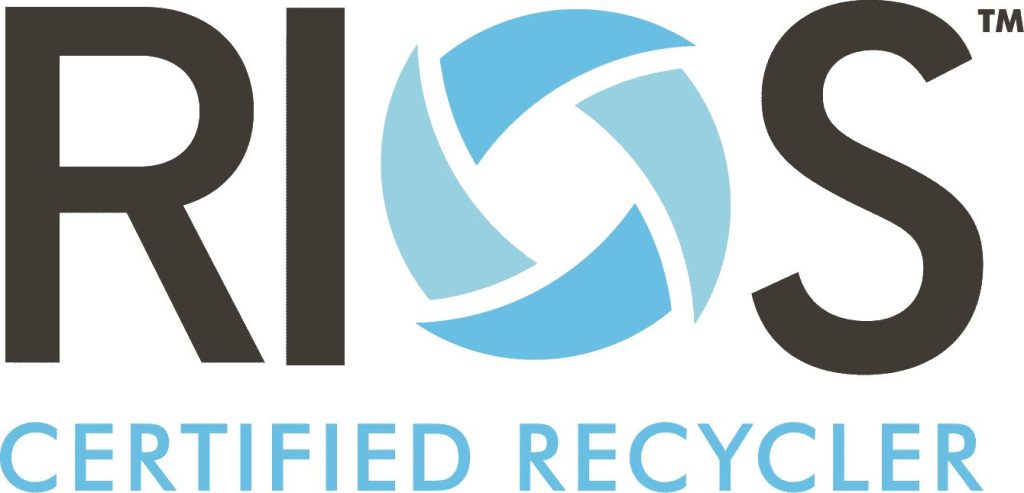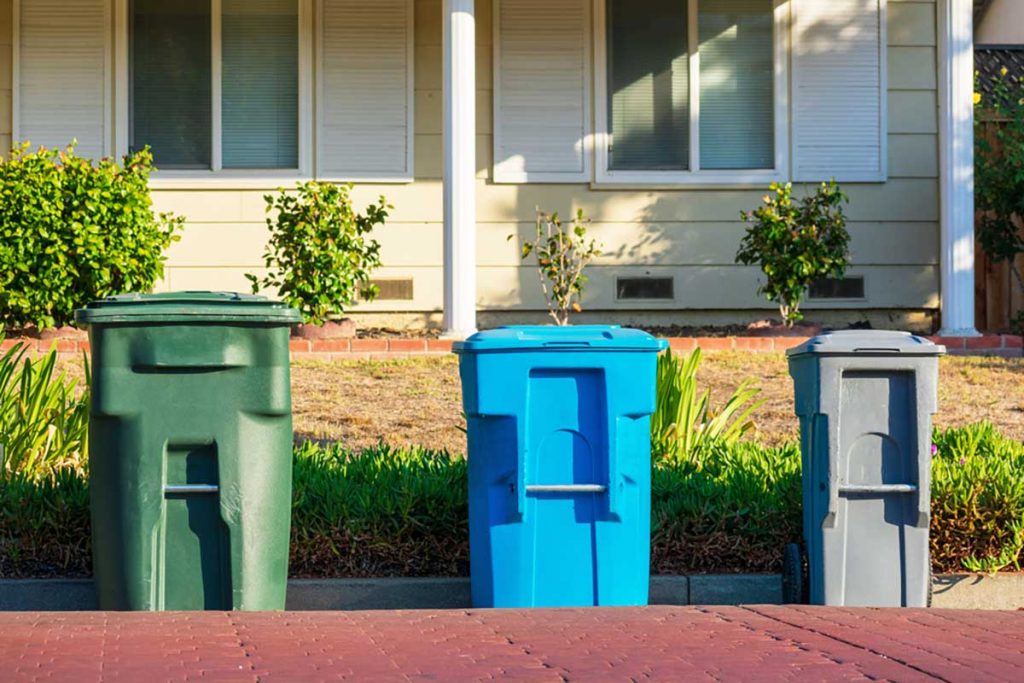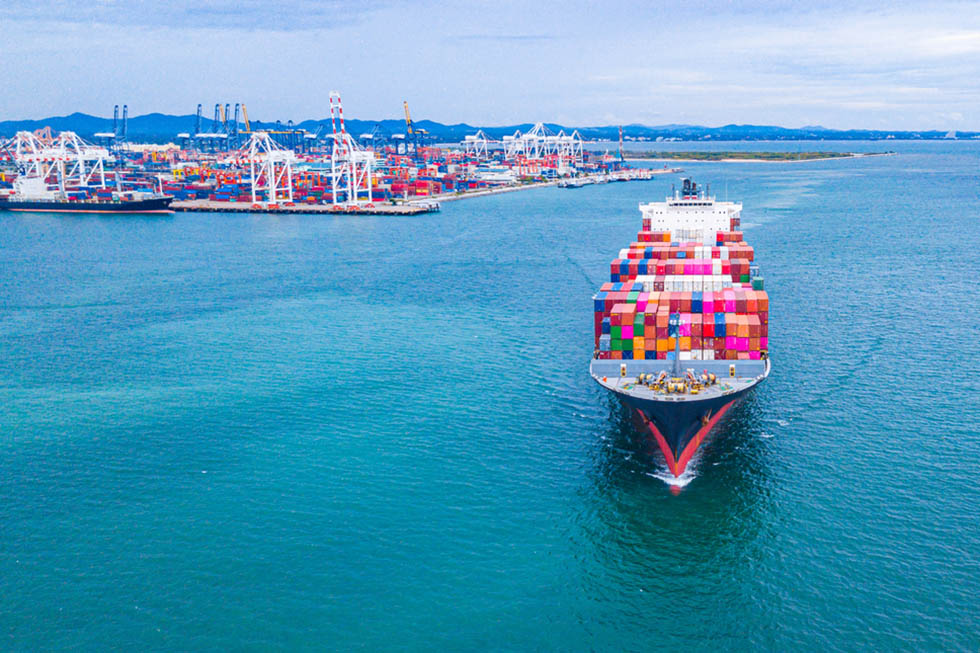
While overall workplace fatalities decreased in the U.S. in 2023, the waste and recycling industry was a troubling outlier. | Wave Break Media/Shutterstock
Editor’s note: This story has been updated.
Nine workers died in U.S. materials recovery facilities in 2023 and the death rate for refuse and recyclable material collectors jumped more than 80%, according to the latest annual numbers released by the Bureau of Labor Statistics. Continue Reading


 Colin Staub was a reporter and associate editor at Resource Recycling until August 2025.
Colin Staub was a reporter and associate editor at Resource Recycling until August 2025.







